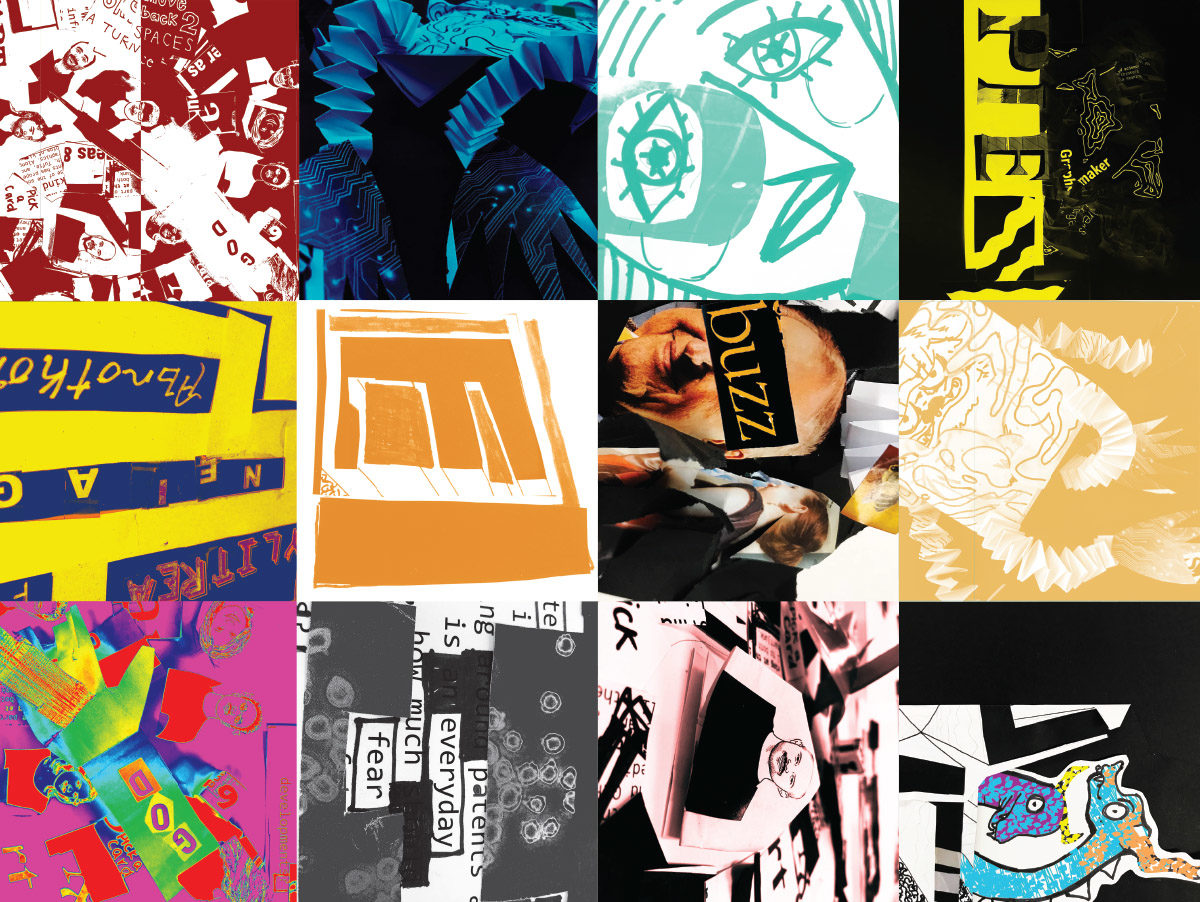Bree McMahon
Assistant Professor
University of Arkansas
Rachael L. Paine
Adjunct Professor
North Carolina State University
We are interested in examining the theme of ego and idea hoarding in student studios and design culture, methods for disrupting the existing monological status quo approach to design pedagogy, and opportunities for future culture shifts. During a short presentation, we will examine these themes and the outcomes of a classroom workshop case study which employed disruptive making methods to teach collaboration, discourage individual bias, and support understanding and connection amongst design students.
Dr. Philip Plowright criticizes the culture of design which aims to keep design unknowable (Plowright, personal communication, October 24, 2018). The conceptual foundations of design practice claim to be “indescribable and personal” (Plowright, 2017), with designers clinging to assertions that methods are idiosyncratic, steeped in personal genius. A genius instructor, fearful of sharing knowable, repeatable methods, must surely produce students who further promote this broken culture. When a designer’s goal is to be the smartest person in the room, the ego runs wild, idea hoarding takes over, creativity dwindles, and conversation suffocates.
During a collaborative design charette, students responded to questions about design authorship, origination, and agency. Using rapid prototyping, iterative processes, design dialogue, and making methods, students created multiple compositions reflecting their insights. Disruptive prompts were introduced throughout the workshop. A formal discussion followed the charette and participants engaged in a conversation.
Students explored complex topics in design culture and also learned methods for collaboration, which allowed for free knowledge exchange, design critique, and creative innovation. Challenging the traditional studio model provides a learning space for addressing new challenges or “wicked problems” while also learning skills for reaching agreements, coordinating actions, discussing specific goals, and exploring new modes of discovery (Dubberly & Pangaro, 2017).
Adopting a pedagogical approach that disrupts the idiosyncratic design culture keeps the ego in check, generates collaboration, fosters creativity, and encourages conversation. In the case of this workshop, participants began to see themselves as a smaller part of the collective whole, rather than an individual genius seeking personal gratification and recognition.
CITATIONS:
Dubberly, H., & Pangaro, P. (2017). Distinguishing between control and collaboration—and communication and conversation. She Ji: The Journal of Design, Economics, and Innovation. 2. 116-118. 10.1016/j.sheji.2016.12.002.
Dubberly, H., & Pangaro, P. “What is conversation? How can we design for effective conversation?” Dubberly Design Office, 1 May 2009, Retrieved from www.dubberly.com/articles/what-is-conversation.html.
Pask, G. (1976). Conversation theory: Applications in education and epistemology. Elsevier Publishing Company, New York, NY, USA.
Plowright, P. (2017). Update – Project Goal. The cognitive structure of design methods (architecture). Retrieved from https://www.researchgate.net/project/The-cognitive-structure-of-design-methods-architecture
This research was presented at the Design Incubation Colloquium 5.3: Merrimack College on March 30, 2019.
